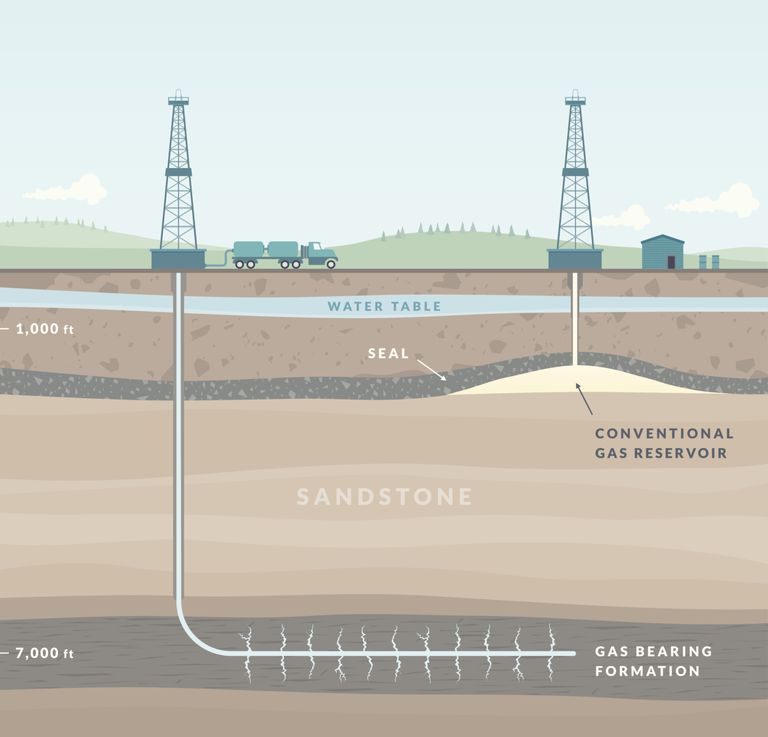900 319 0030
enquiry@shankarias.in
What is the issue?
What are shale reservoirs?

What is fracking?
What are the environmental risks of fracking?
Source: The Hindu